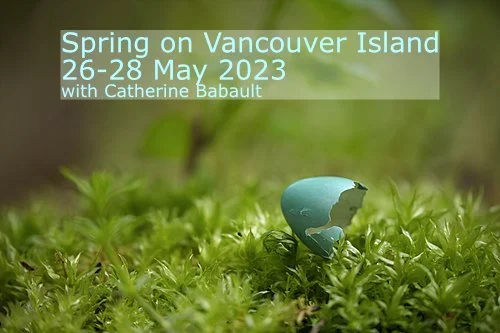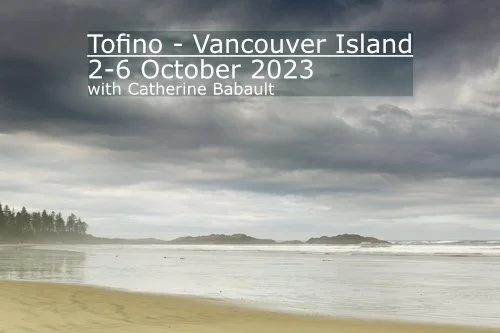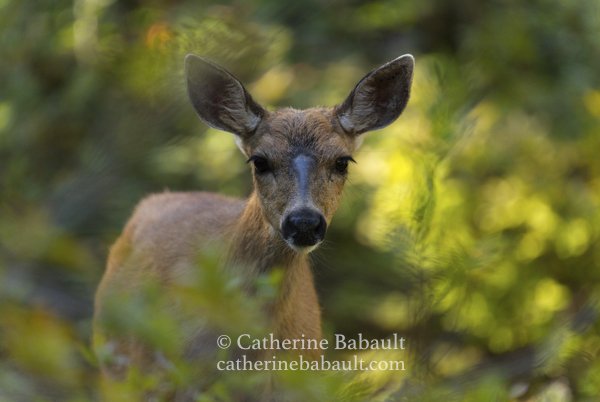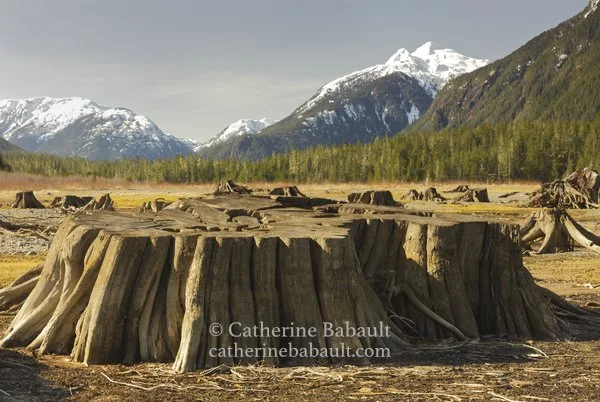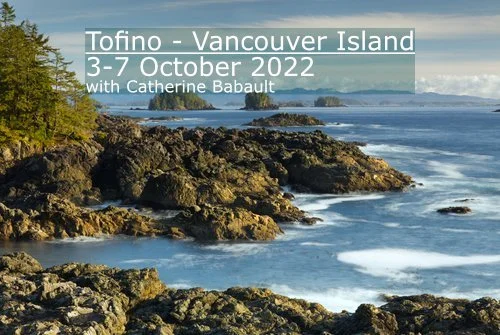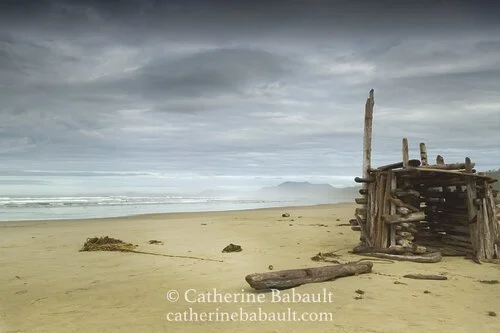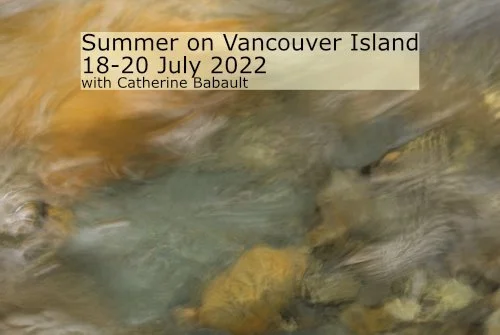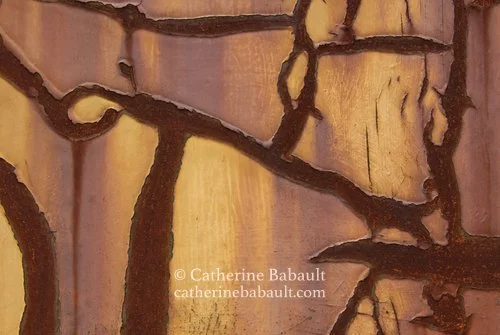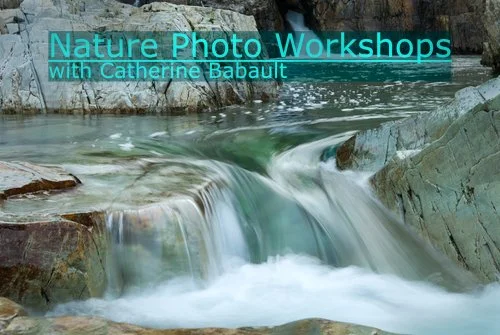I have a favourite spot to photograph this herd of elk from a safe distance and with a clear view. During a recent visit, as I was walking towards that spot, I noticed that the herd was already heading in that direction. I had to walk faster, yet quietly, without them noticing my presence. I got there first, set up my tripod and camera and waited a few minutes. I could hear them moving in the woods and stepping on dry sticks. When they came out of the woods, the cows were the first to go across the river surrounding the calves, most likely to protect them from potential predators. The last one to appear, closing the march, was the buck with its majestic set of antlers. I had only five minutes to photograph them before they disappeared again from my view and I cherished every minute.
Each time I see this herd, I feel very privileged to witness important milestones in their lives, to see the cows pregnant or suckling their calves, to observe yearlings playfully chasing each other or to see the buck proudly walking around its harem of a dozen cows. With the start of the rut, I look forward to getting more behavioural shots particularly of the buck.

